Observing the Cenntenial
One hundred years later media, maps, websites and organizations to guide your commemoration of the war to end all wars

From 2014 to 2018 we commemorate the centennial of “The Great War,” so-called because those who experienced it could imagine no conflict more terrible, and could not believe that the same disastrous mistakes could ever be repeated. Removed by as much as three generations from life today, the events of 1914–18 hold lessons and truths about our humanity that could be lost — or worse — be rendered unbelievable. I would like to share with you some web resources that capture the Centennial, commemorate that time, and show how WWI still shapes our political and cultural environment today.
The Great War was set off June 28, 1914 by a small spark—the assassination of Arch Duke Franz Ferdinand and his wife Sophie Duchess of Hohenberg. The meaning of this event is summed up expertly by Dan Carlin in a recent CBS This Morning Television Interview (youtube video). This short interview is just a taste of Carlin’s exhaustive and fascinating five-part podcast series, Blueprint for Armageddon (podcast link).
…
Futuristic, steampunk, and terrifying—WWI mixed traditional doctrine with radical new technology
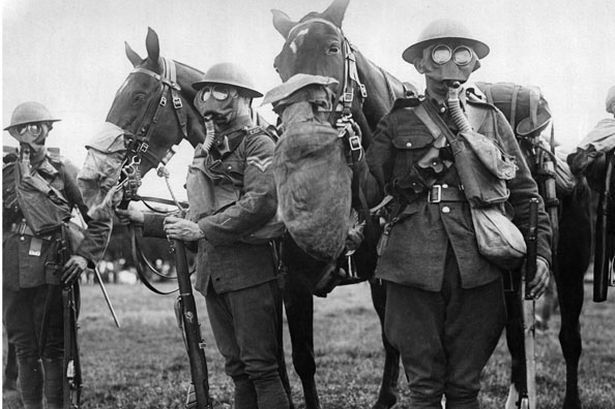
Each innovation spurred more innovations as 20th-century technology made its first appearance in wartime. Commanders applied time-honored tactics to battlegrounds evolving more rapidly than ever before in history. The scale of killing was impossible to predict as governments deployed accurate, long-range artillery, combined arms, barbed wire, the machine gun, chemical releases, submarines, battleships, and the tank.
A photo essay from the Atlantic Monthly Magazine captures a multitude of these advances in warfare.
The “war to end all wars” was never that, but rather a foreshadowing of the destructive power that could yet destroy the human race.
…
A few maps provide a way to begin to understand the scale and complexity of an incomprehensible war
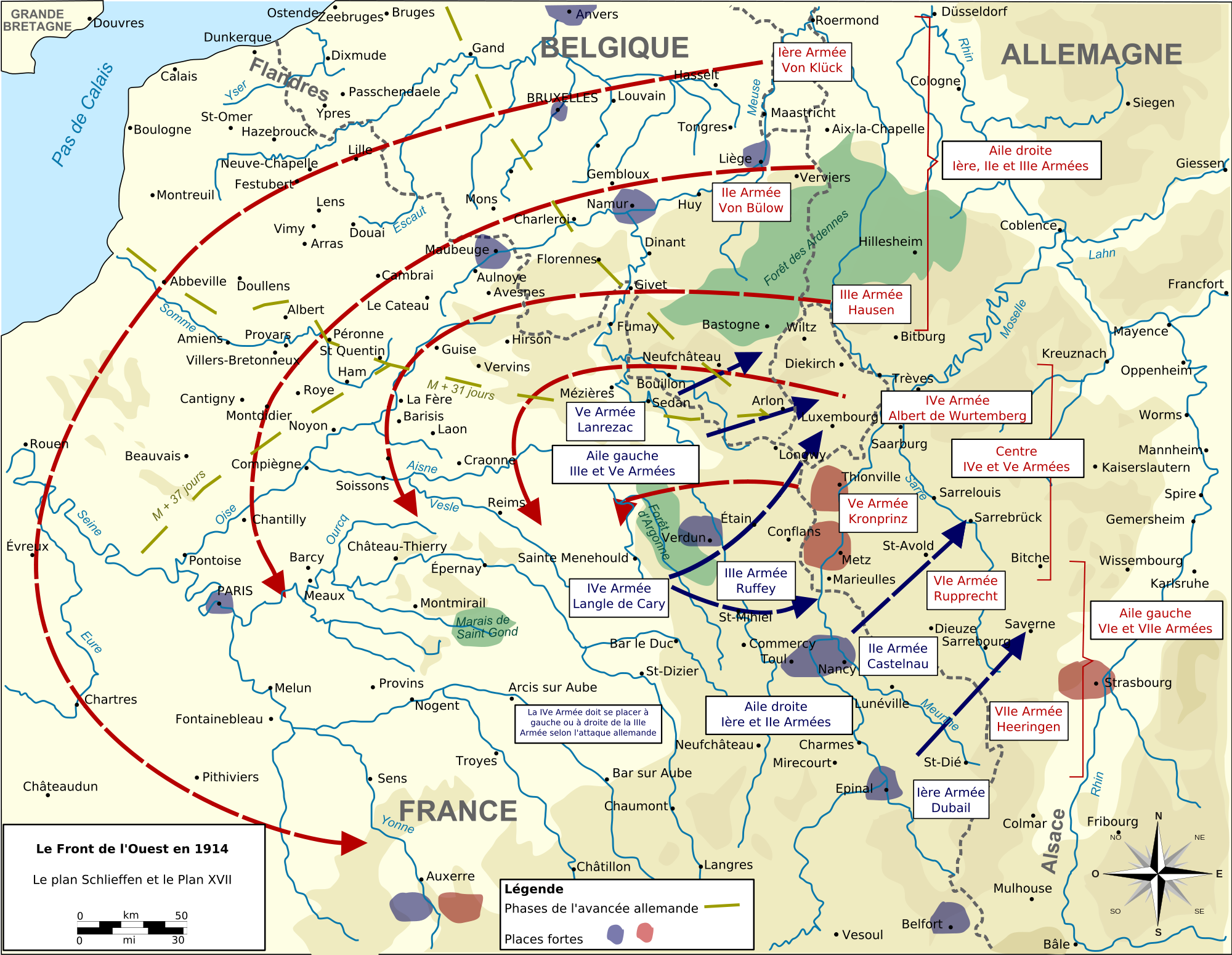
Many fronts around the world gave this conflict the name “World War.” Most familiar is the Western Front in Europe, but the Great War was fought on a truly global scale. Land campaigns involved Africa and Asia and naval engagements extended to the Indian and Pacific oceans as well as the Atlantic Ocean and the Mediterranean and North seas.
Vox Magazine offers 40 Maps That Explain WWI (online article). The BBC’s animated map (flash website) gives an overview of the geography of the conflicts. For an idea of how this war forced globalization into the minds of parochial Americans, see how WWI launched mapmaking at National Geographic.
…
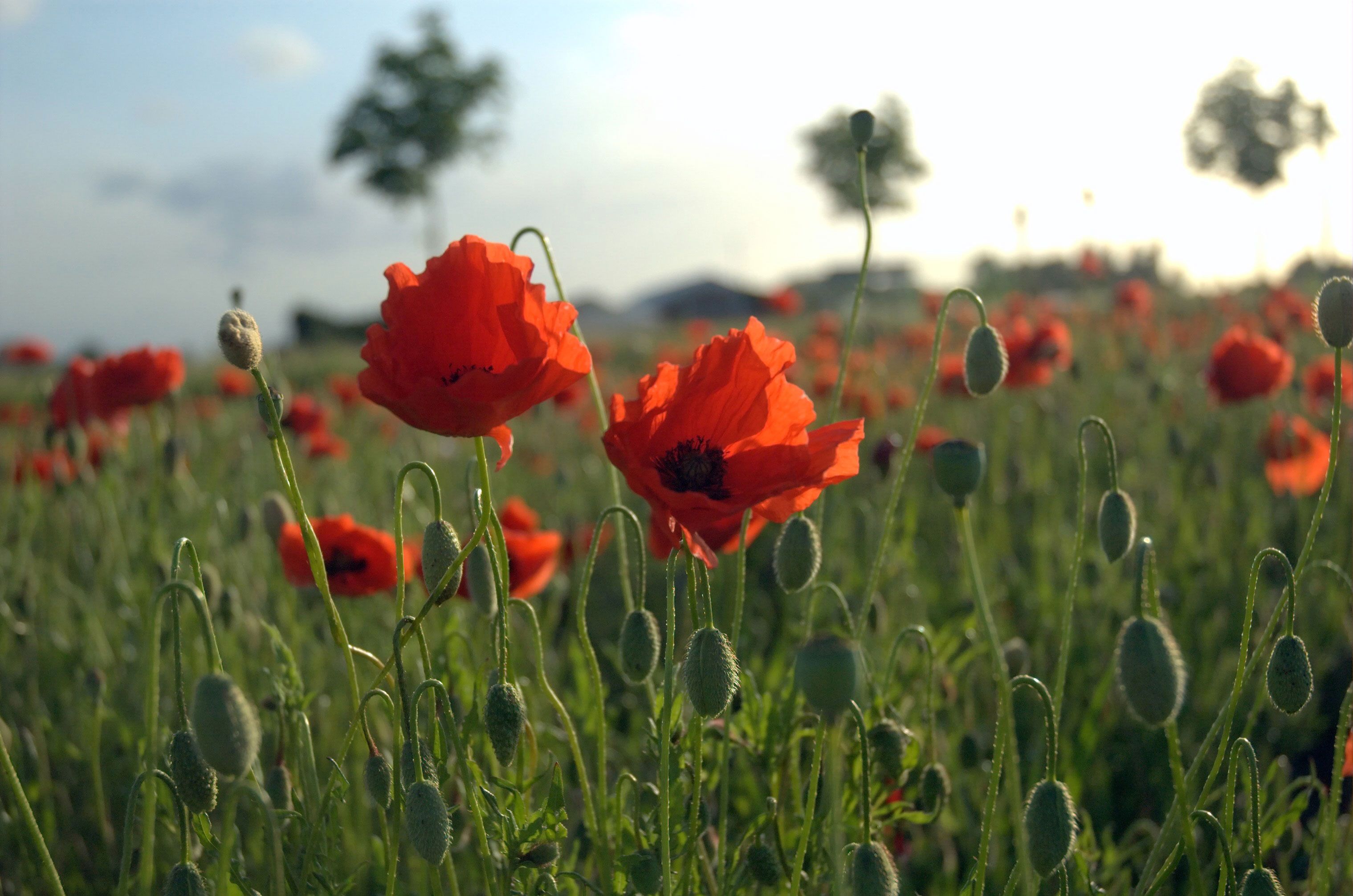
In Flanders fields the poppies blow
Between the crosses, row on row,
That mark our place; and in the sky
The larks, still bravely singing, fly
Scarce heard amid the guns below.
We are the Dead.
Short days ago we lived, felt dawn, saw sunset glow,
Loved and were loved, and now we lie
In Flanders fields.
Take up our quarrel with the foe:
To you from failing hands we throw
The torch; be yours to hold it high.
If ye break faith with us who die
We shall not sleep, though poppies grow In Flanders fields.
In Flanders Fields by Major John McCrae
…
Among the organizations guiding the commemoration of the centennial, the Flanders House NY provides a gateway between Flanders, Belgium and the United States. Their programming provides a strong platform for meaningful response. In particular their focus on the arts is a great gesture to the men, women, and children of the WWI era and to those of us today who wish to honor and learn from their experience in this monumental event.
Have a look and tell me what you think. I welcome constructive comments and recommendations for further study as I move forward with plans to expand, illustrate and provide ongoing discussion of the centennial over the next three years.
Read more posts
- Previous:
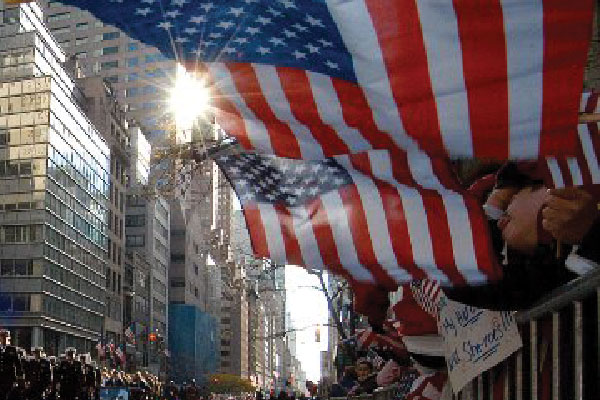 Veterans Day is not Memorial Day
Veterans Day is not Memorial Day - Next:
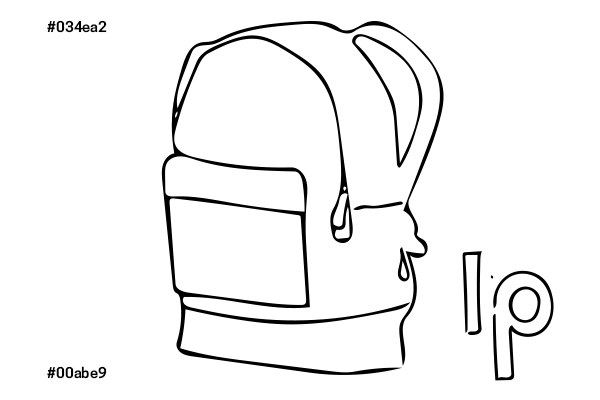 LP Backpack
LP Backpack